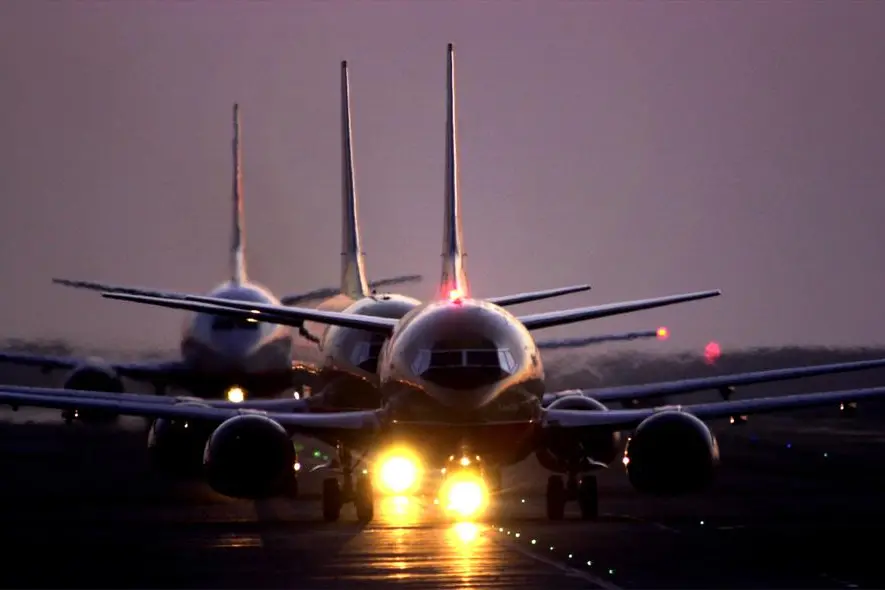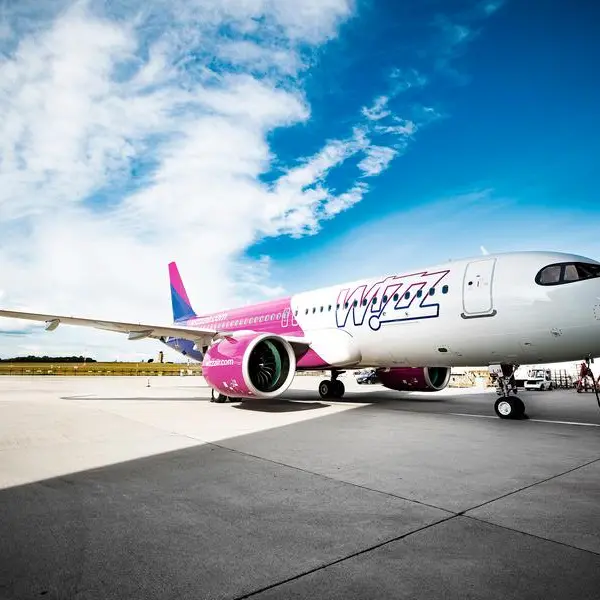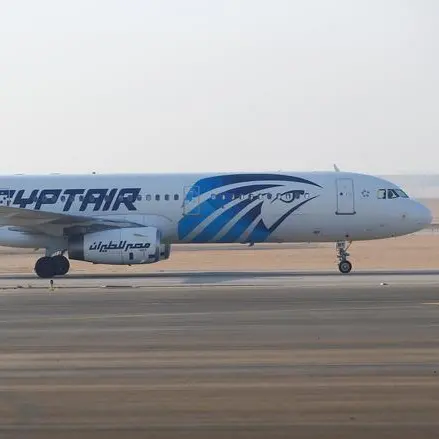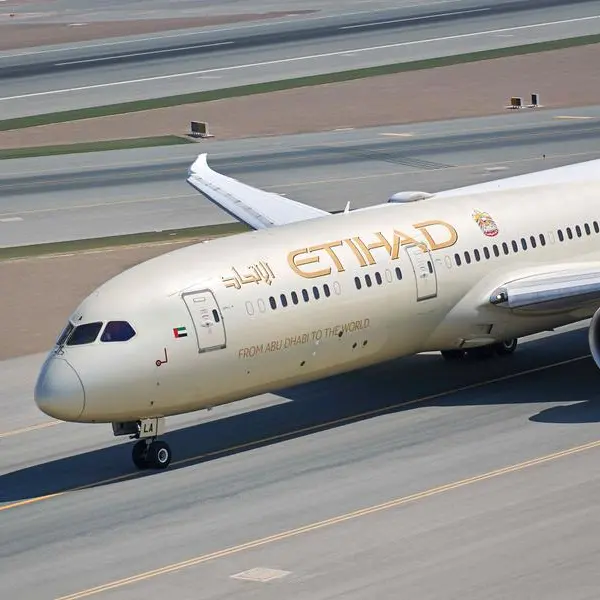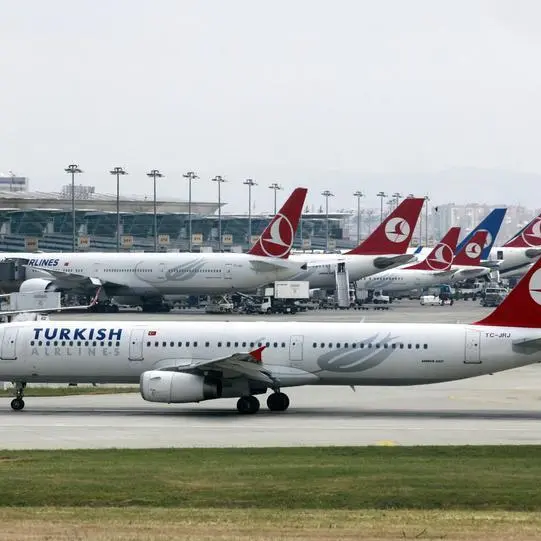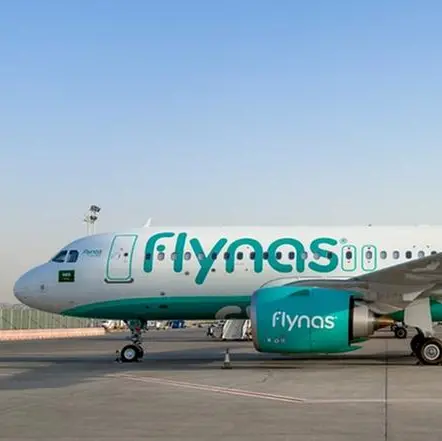PHOTO
Improvement in passenger and cargo air traffic continued in the Middle East and Asia-Pacific regions during the second quarter of 2022, but airport financial margins are still far below pre-pandemic levels, according to a new report released on Monday.
The Airports Council International (ACI), Asia Pacific said despite the improving trend, quarterly revenues are still 60% below 2019, remaining at an unsustainably low level.
Total operating expenditures fell in the first quarter of 2022 compared to pre-crisis levels, although the decline narrowed slightly compared to last year.
The ACI’s Industry Outlook, in partnership with Mott MacDonald, said the first quarter had been turbulent with rigid travel restrictions in some areas, and political instability in Eastern Europe contributing to ongoing headwinds.
“Though 2022 looks to be a more positive year for the sector, there will be bumps in our road to recovery especially in consideration of the uncertain macroeconomic scenario,” said ACI Asia-Pacific director general Stefano Baronci.
While the Middle East and South Asia have recovered to approximately 85% of Q2 2019 seat capacity, Emerging East Asia, which includes China, is at just 15% of 2019 Q2 level, as China adopted a zero-Covid strategy and renewed lockdowns, the outlook said. Most East Asian countries are heavily dependent on Chinese passengers.
Meanwhile, pent-up demand for leisure air travel will continue to buoy the industry’s recovery even as the sector faces strong headwinds, with many airports already operating at capacity in peak periods, even though the overall footfall is below 2019 levels.
The Q2 2022 scheduled domestic seat capacity shows recovery of 89% of pre-pandemic levels compared to the same quarter of 2019, but international seat capacity is still down 59%, as travel restrictions, quarantine and testing requirements still continue to impact the market, particularly in China and partially in Japan.
Total domestic seat capacity is expected to exceed 2019 levels by the third quarter of 2022, with the overall traffic for the year likely to be on par with 2019 levels, the outlook said.
Actual cargo tonnage in the first quarter of 2022 was above the same quarter in 2019, the outlook showed.
(Reporting by Imogen Lillywhite; editing by Cleofe Maceda)
